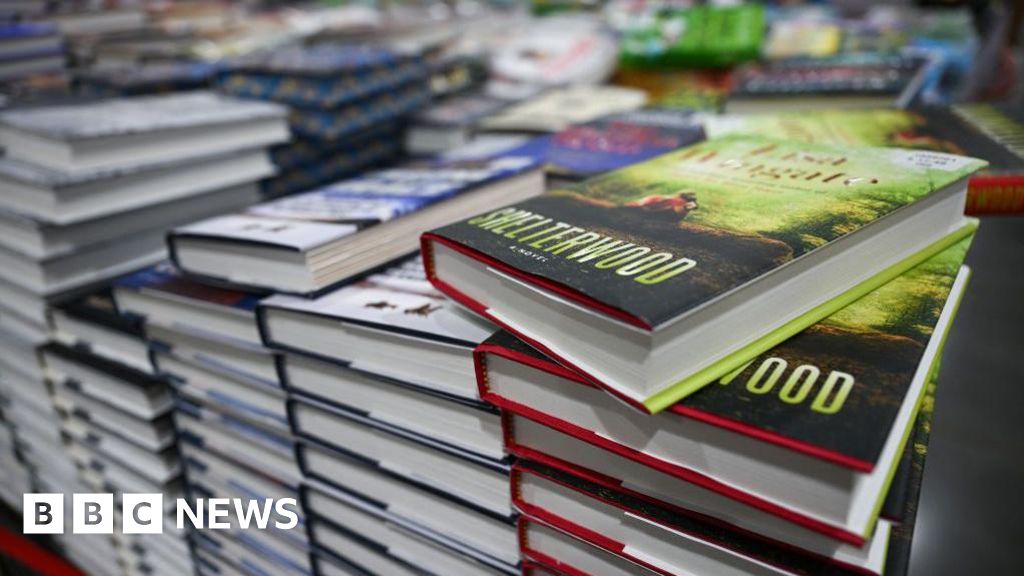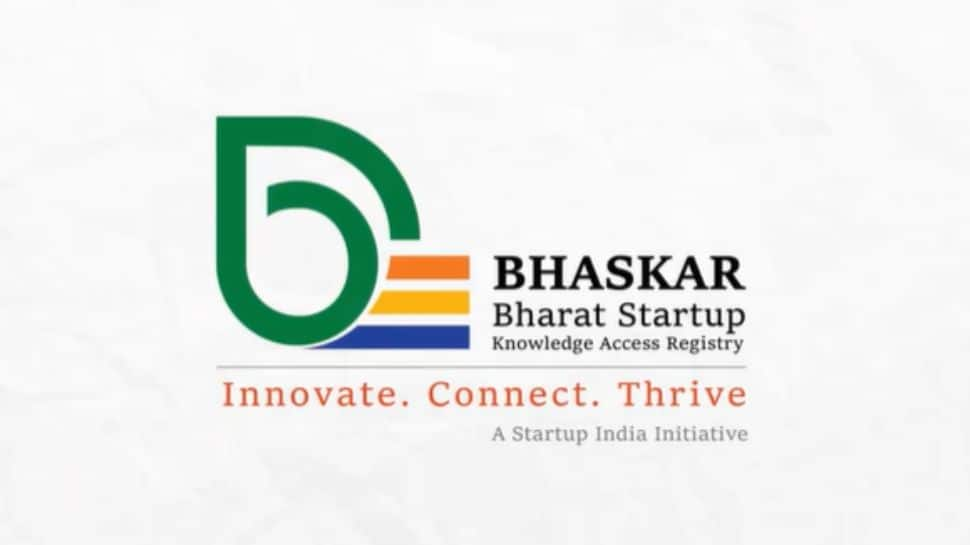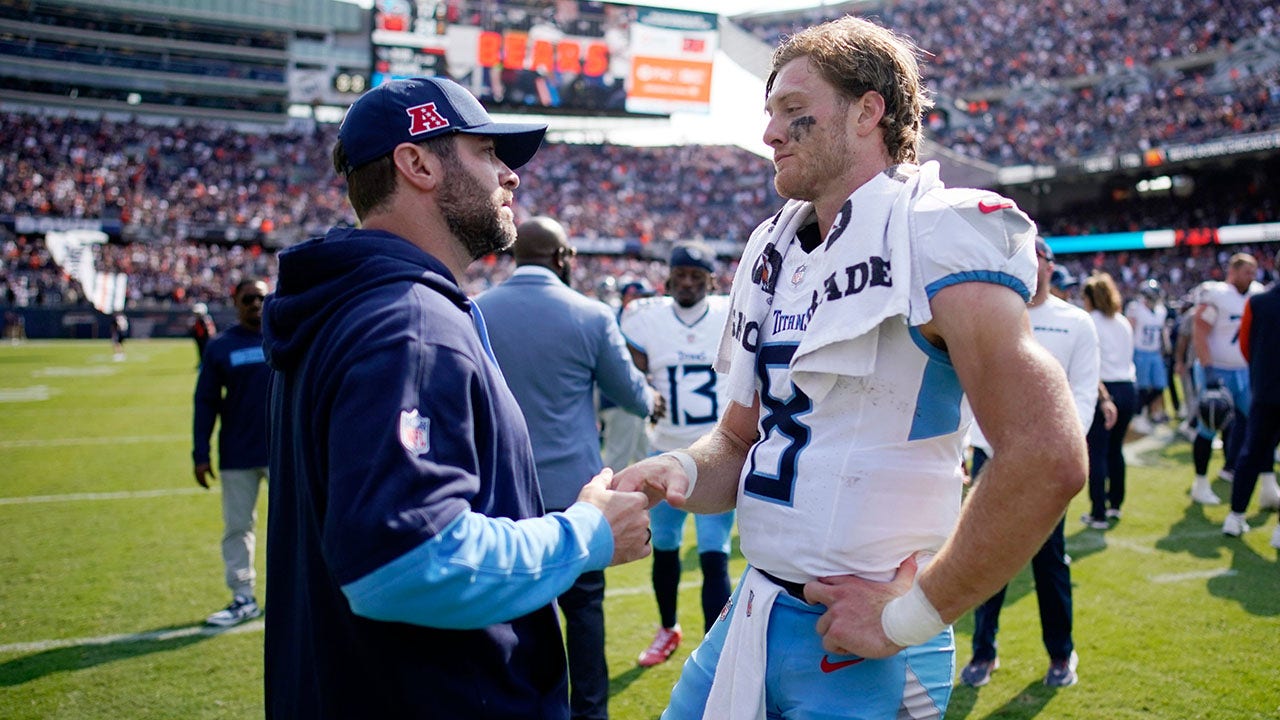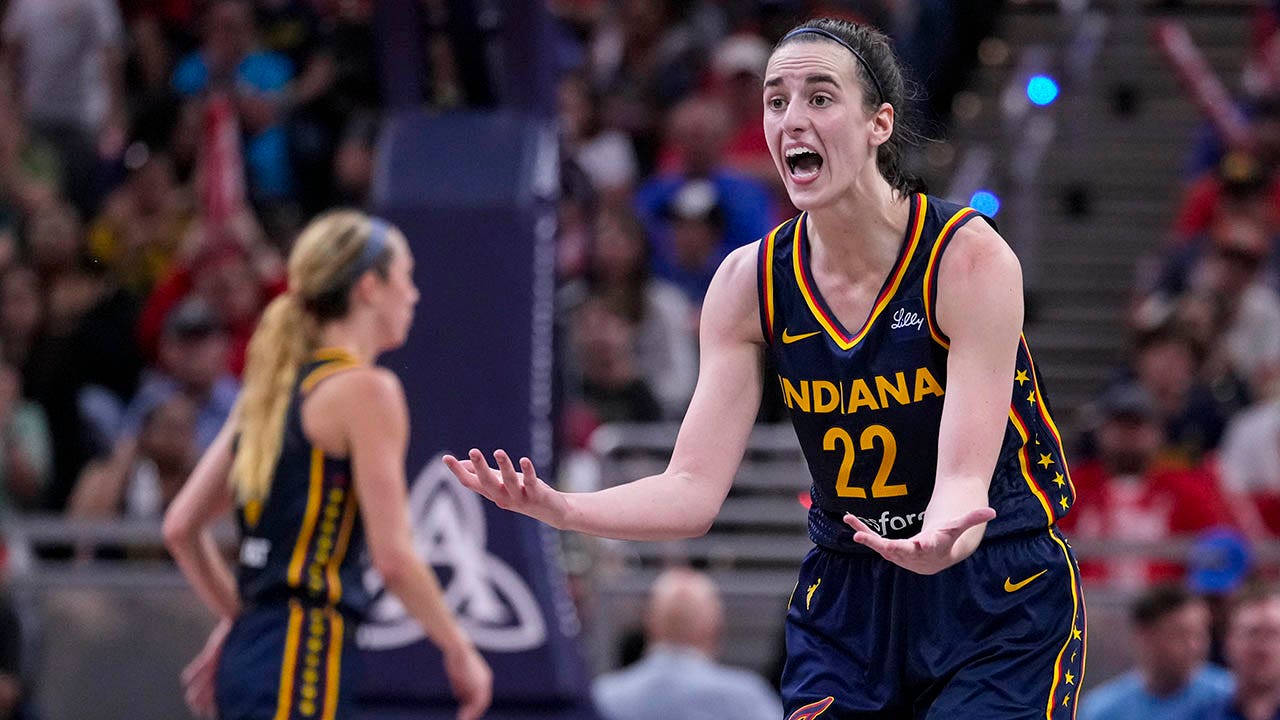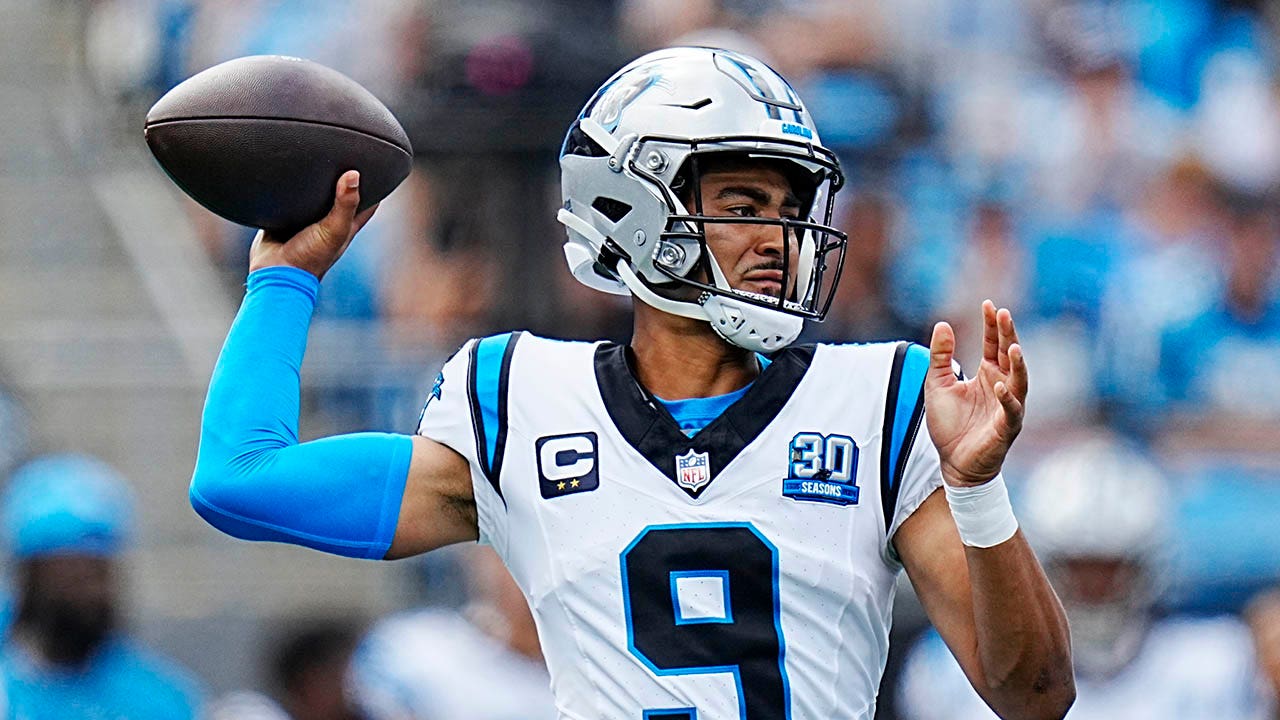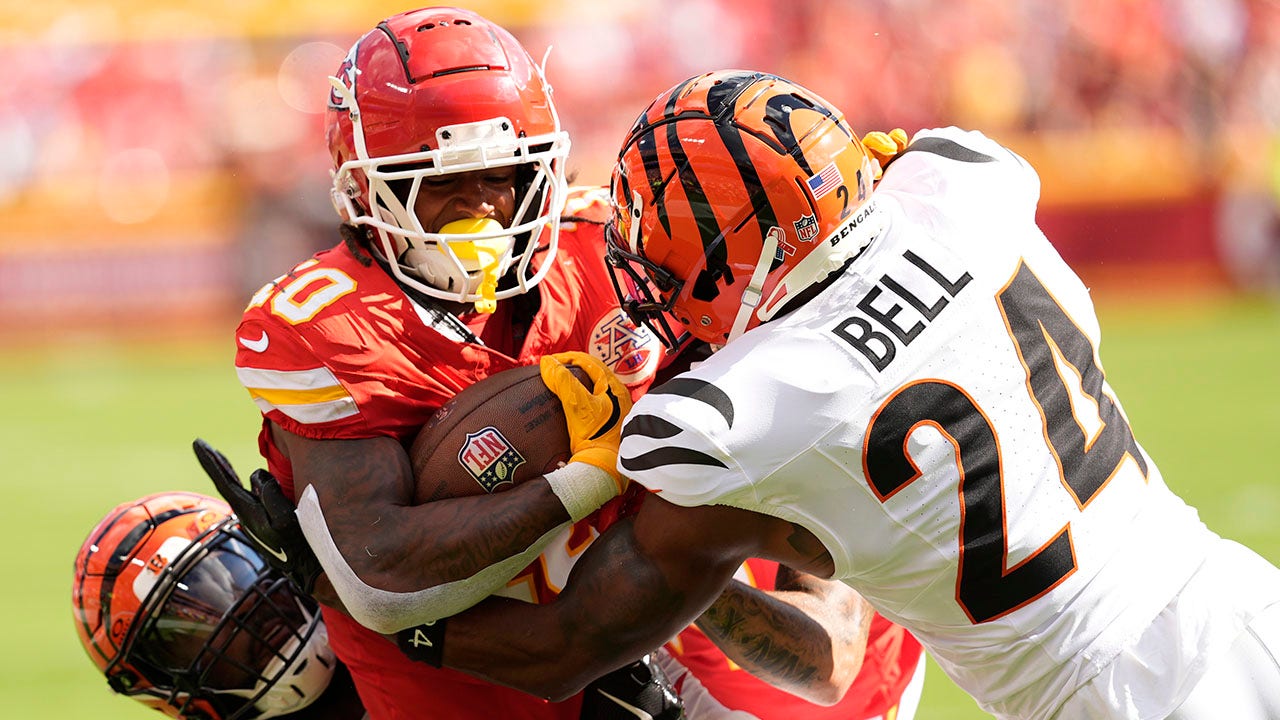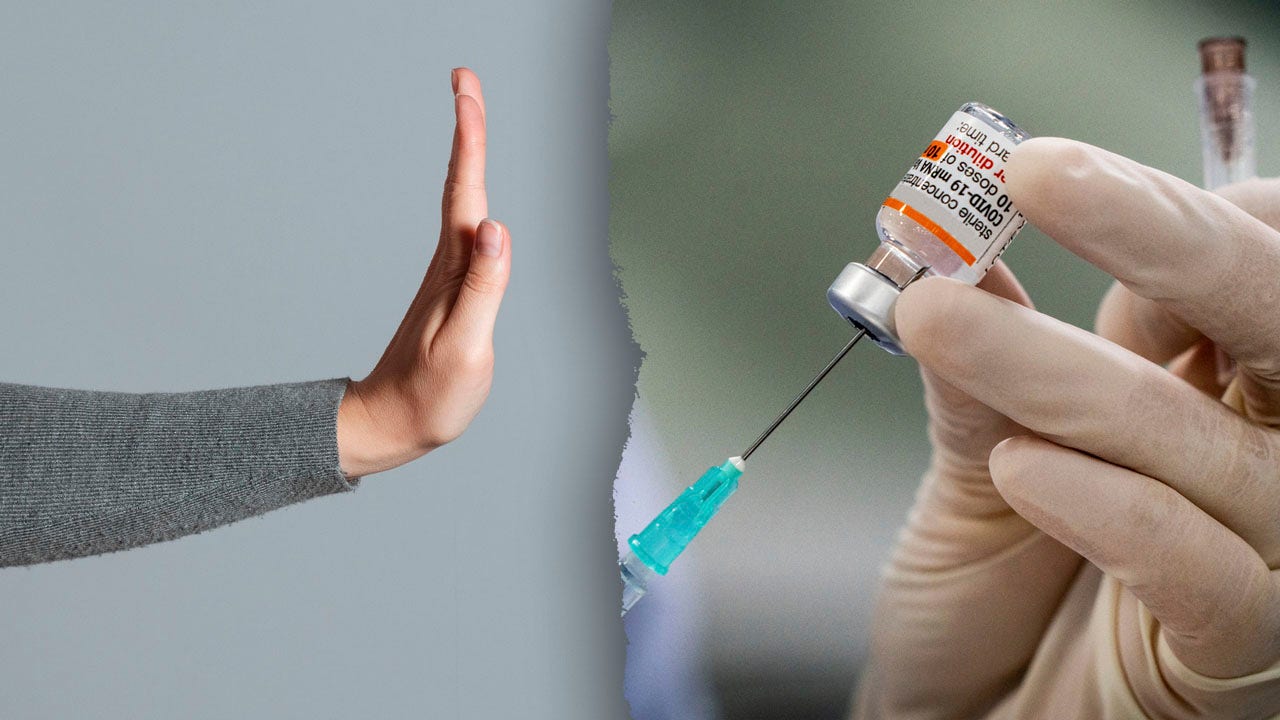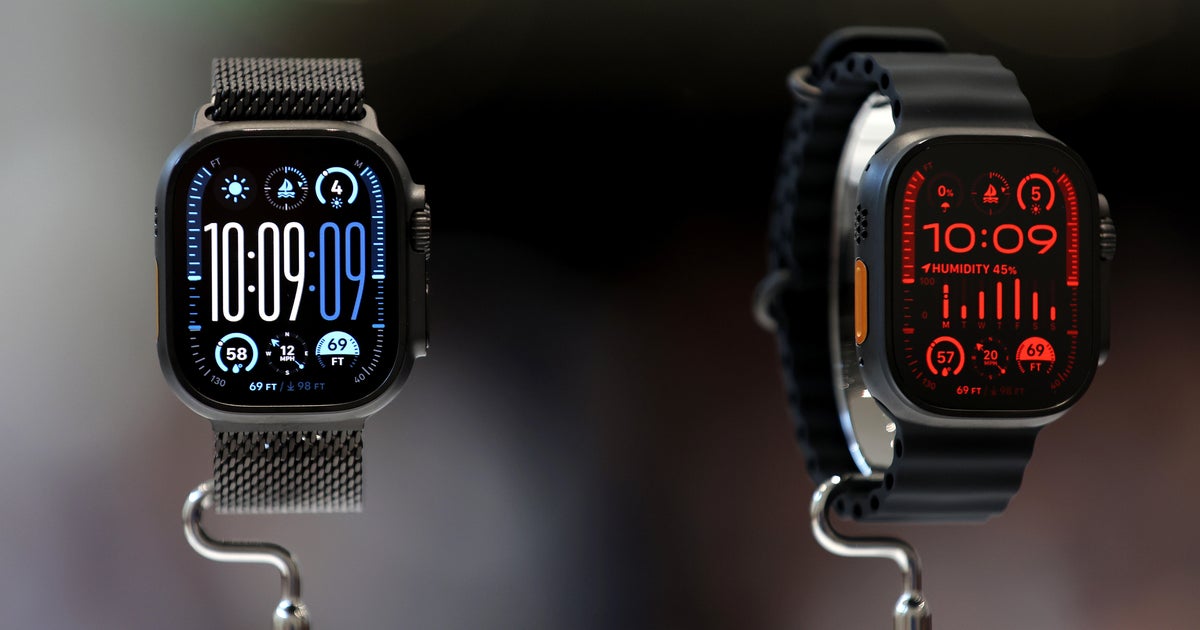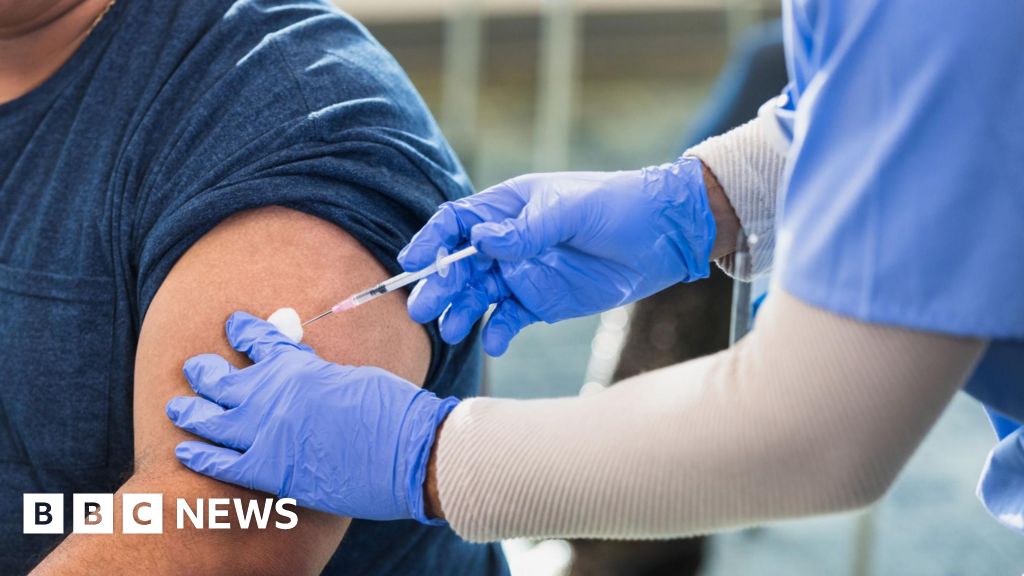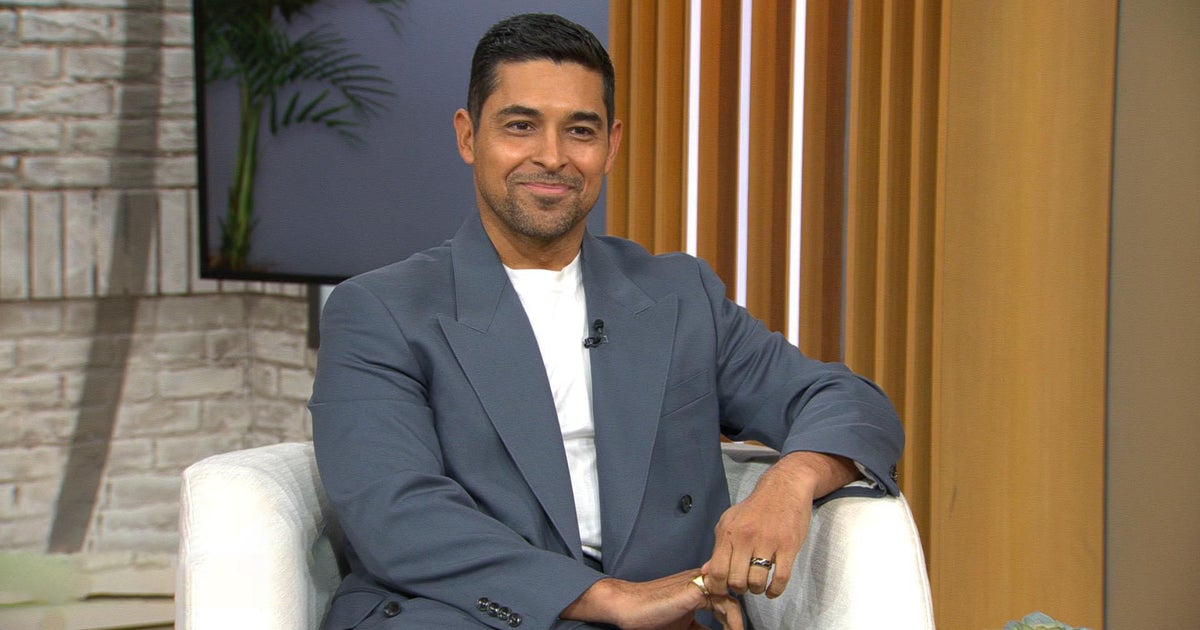Armchair psychologists might say we seek cinematic escape from the horrors of real life — entertainments that allow us to safely confront, and even thrill to, the fears that truly terrify us. Whether you buy that or not, it’s a fact that horror is now the fastest-rising film genre, having doubled its market share from 4.87 percent in 2013 to 10.08 percent in 2023, per The Numbers, a movie industry data service. And with that growth comes critical attention and clout — if not always respect.
But what will horror filmmakers do with their newfound power? I hope a few recent successes — movies such as this year’s runaway hit “Longlegs” and “I Saw the TV Glow,” both popular and critically acclaimed, plus other genre gambles gone terror-ifically right — might point the way. The best horror films are getting bolder, funnier and more creative. The smartest thing the genre can do to keep moviegoers hungry is embrace the off-kilter and keep us on our toes.
Whether it’s legacy franchises built on iconic IP, arthouse-leaning A24 horror or the myriad imitators trying to mimic trendy, of-the-moment terrors, the genre needs to take a page from its most resourceful characters and adapt and evolve if it’s going to stay unkillable.
Thankfully, we are already starting to see where horror might go next.
A decade ago, an audacious trio of convention-shirking horror films signaled a tectonic shift in genre storytelling. That watershed moment, Fangoria editor in chief Phil Nobile Jr. tells me, led to our current age of horror. Even now, we are in the “blast radius” of those films’ influence.
It started with Jennifer Kent’s “The Babadook” (2014), which personified grief as a storybook monster and ushered in an era of heavy psychological symbolism that still reverberates in films like “Smile,” “The Boogeyman” and “M3GAN.” Then, 17th century folk horror “The Witch” (2015) launched the careers of writer-director Robert Eggers, star Anya Taylor-Joy and A24 itself (at the time just three years into operation) with its nerve-rattling slow burn. And finally, “Get Out” (2017), nominated for four Academy Awards including best picture, kicked open Hollywood’s doors for Black horror narratives and overt social commentary while winning writer-director Jordan Peele the Oscar for best screenplay.
“Trauma-based horror really had a flash point with ‘Babadook,’ and we’ve been seeing the effects of that for 10 years,” Nobile says. “The legitimate film industry recognizing and celebrating ‘Get Out’ changed how so many people in so many corners of the industry even look at horror. And ‘The Witch’ was a harbinger of A24 auteur art-horror. Each of those titles represents a moment that led to the floodgates being open of one kind of horror or another.”
Horror went majorly mainstream in the years that followed, flexing both commercial muscle and art house allure. Perhaps by coincidence, it also paralleled the kind of immersive, character-based scares seen in survival horror video games popular throughout the decade. Deliberately paced horror films with bursts of terror, such as David Robert Mitchell’s “It Follows” (2015), Ari Aster’s “Hereditary” (2018) and “Midsommar” (2019), and Severin Fiala and Veronika Franz’s “Goodnight Mommy” (2015) edged the frontiers of art house horror outward, attracting cult followings in the process. Even the 2019 success of Bong Joon-ho’s South Korean thriller “Parasite,” winner of four Oscars including best picture, signaled that the awards elite had become increasingly receptive to darker genre narratives.
Meanwhile, filmmaker James Wan introduced horror’s highest-grossing franchise with “The Conjuring” in 2013 (franchise take to date: $2.2 billion) and continued to grow the “Insidious” film series ($741 million) throughout the decade, while producer Jason Blum turned his namesake Blumhouse Pictures from micro-budget horror mavens to makers of high-profile IP breathing new life into the “Halloween” and “Exorcist” franchises.
All of the above helped get us to where we are now, with high demand keeping the genre flowing: In 2023 alone, IMDb catalogued 1,586 new horror films, up 39 percent from 2013, when the genre yielded 1,140 titles. Since 2013, more than 20 of the top grossing scary movies broke $200 million at the box office. Last year, according to Comscore, horror collectively grossed $962 million domestically and more than $1.9 billion worldwide, with franchise sequels from “Evil Dead Rise” to “Saw X” breaking the $100 million mark. And horror’s most popular household brands are only getting bigger; in January Blumhouse and Wan’s Atomic Monster, Hollywood’s two biggest genre producers, even joined forces to tackle blockbuster horror hitmaking under one banner.
This modern glow-up brought greater volume, variety and cultural currency to an oft-maligned genre. But mainstream popularity and a low-cost, high-reward model incentivizing producers to flood the horror market can also bring creative stagnation, clichéd cash grabs and formulaic copycats. It gets exponentially harder to lose ourselves in the primal frights onscreen when we can see the jump scares, emotional scars and heavy-handed metaphors coming a mile away.
The ever-present danger of creative inertia is why another covid-era 1-2-3 punch of big-swings horror was so invigorating: James Wan’s ridiculously entertaining psychodrama “Malignant” (2021), Zach Cregger’s subterranean nightmare “Barbarian” (2022) and the high-tech shenanigans of “M3GAN” (2022). They formed a new unholy trinity of bonkers horror, made by studios, whose unexpected over-the-top twists and playful frights sent a fresh breeze shuddering throughout the genre landscape. Torpid pacing, conventional scares, everyday logic and reason — those all went out the window, and not a moment too soon.
“What those movies share is a camp-adjacent sensibility, and if fun horror is coming, then that’s really good news for everybody,” Nobile says. “Because we’ve hit a bit of a saturation point or maybe an entropy with the self-serious, dour horror, the trauma-based PTSD horror. And all three prove that people are kind of ready for a vibe shift. They’re ready for a party.”
Genre fans felt that dizzying rush again in July when Nicolas Cage slithered into theaters under a pile of grotesque prostheses as a moldering serial killer with a penchant for puzzles, and for tormenting Maika Monroe, in Osgood Perkins’s “Longlegs.” Viscerally creepy and morbidly funny with a gonzo Cage turn, its unpredictable turns had moviegoers calling it the scariest movie in years. Driven by a cryptic marketing campaign, “Longlegs” soared to a better-than-projected $22.6 million opening (far surpassing the $5.3 million opening for the Sydney Sweeney nun horror “Immaculate,” distributor Neon’s previous benchmark) and became a #2 summer box office success behind the family-friendly juggernaut “Despicable Me 4.” Still in theaters with $58.6 million and counting, it’s now the highest grossing original horror movie of the year, and Neon’s best performer ever. So what helped it break out?
“This audience demands and craves films that are inventive, transgressive and boundary-pushing,” Neon CMO Christian Parkes says. “By definition, the genre itself is about limits and pushing past them. People crave that, and I believe they crave that in a communal space, which is why they’re perfect for movie theaters. And what we found with ‘Longlegs’ was that people wanted to go get scared in the dark.”
Meanwhile, the PG-13 alien invasion prequel “A Quiet Place: Day One” has a $254 million worldwide tally and Ti West’s R-rated “MaXXXine” closed out A24’s popular “X” and “Pearl” franchise with a series-best $18.9 million. Summer horror season wrap ups with M. Night Shyamalan’s serial killer psycho-thriller “Trap,” kooky Euro-horror “Cuckoo,” and sci-fi horror sequel “Alien: Romulus” hitting screens in August before “Speak No Evil,” an American remake of the bleak 2022 Danish psycho-thriller, drops in September. And dozens more horror titles will open in theaters or on streaming before the year closes out with Eggers’s fangy “Nosferatu,” a prestige Christmas release that’s already attracting Oscar buzz.
The wide range of horror being made, and made accessible, is unprecedented. By the end of the year — which was admittedly off to a slow start at the box office before “Longlegs” ambled in — 2024 will have given us scary studio fare of all stripes, including one about a killer swimming pool (“Night Swim”); a stylish “Omen” prequel (“The First Omen”); sequels (“Beetlejuice Beetlejuice”) and remakes (“The Crow”). In October, cult hit “Terrifier,” a 2016 niche splatter slasher about a demonic clown whose follow-up made $15 million worldwide on a reported $250,000 budget, gets a threequel in “Terrifier 3” — a healthy indication that independent horror is capable of finding its own hungry audience well outside the mainstream.
All of which is to say that, while horror is undeniably having a moment, it’s been ages since it was pigeonholed as the disposable B-movie buck. (Although it’s still that, too: gird your loins for R-rated slashers “Winnie-the-Pooh: Blood and Honey 2,” “Bambi: The Reckoning,” and Steamboat Willie in “Mickey’s Mouse Trap,” among other public domainsploitation flicks on the horizon.)
Comscore analyst Paul Dergarabedian says reports of cinema’s demise have been greatly exaggerated, and that’s doubly true of the horror genre, especially when there’s a recognizable brand in play. And because it can be made with no stars, small budgets and limited special effects, the genre is built for success.
“Horror has been consistently performing well — the box office numbers have gotten bigger, but the profitability factor has remained pretty consistent,” Dergarabedian says. After a lackluster start to the year at the box office, he adds, one need only look to “A Quiet Place: Day One,” with its series-best $52 million debut, as evidence that horror is so potent, even a prequel to a popular PG-13 property can have blockbuster returns.
And for further proof that horror’s thriving beyond the niche fringes of the movie business, consider A24. The production and distribution company has displayed a curatorial golden touch with artful, unconventional narratives and slow-burn domestic and psychological horror, and its zeitgeisty generation-defining critical and commercial success has made the A24 name catnip for cinephiles, its model ripe for imitators. But what makes an A24 movie, let alone an A24 horror movie?
A source close to the studio, speaking on the condition of anonymity because they were not authorized to comment publicly, says one mission is to usher transgressive voices into Hollywood, which often manifests via horror: “It’s a combination of trying to work on films and with filmmakers that feel distinct and fresh relative to what’s come before, and sneaking these films into the mainstream in a way that historically the world told everyone wasn’t possible.”
The artist-forward approach allows genre-defying filmmakers to make a splash within the horror space, where economics can make it easier to get a first film off the ground. And it’s launched the likes of Aster, Eggers, Alex Garland (“Ex-Machina”), Rose Glass (“Saint Maud”) and most recently Jane Schoenbrun, whose haunting, A24-backed trans allegory “I Saw the TV Glow” announced the arrival of an exciting new voice redefining the boundaries of horror.
Now, with a recent infusion of cash pegging A24’s valuation at a reported $3.5 billion, the company is making moves of its own. Upcoming high-concept horror releases — the Brandy-starrer “The Front Room” (Sept. 6), and “Heretic,” from the writers of “A Quiet Place” (Nov. 15) — hint at a move toward the mainstream. At the same time, A24 is spinning Danny and Michael Philippou’s teen possession hit “Talk to Me” into its next franchise and is reteaming with the Australian duo on another original horror project. And it’s still committed to investing in rising talent, with respective genre debuts of first-time feature filmmakers Mark Anthony Green (“Opus”) and Gen Z prodigy Kane Parsons (“The Backrooms”) among its future slate.
As Blumhouse and Atomic Monster take their partnership to the next level, A24 looks to grow, and Neon steps into position as the home of buzzy horror this summer, the genre seems on the brink of its next expansion era, having proven audience appetites for horror of all shapes and sizes. And with distributors like IFC, RLJE and Shudder also giving indie and foreign discoveries a platform (including experimental breakouts such as the micro-budgeted “liminal horror” “Skinamarink” and so-called ambient slasher “In a Violent Nature”), it’s tempting to imagine an unprecedented new wave of creative voices and thrills.
Because, while horror isn’t dying off anytime soon, the scares that got our pulses and minds racing a decade ago have worn thin. The bold, beautiful business of terror depends on shaking us out of our comfort zones, challenging our changing fears in ways that earn our attention — and our screams.







